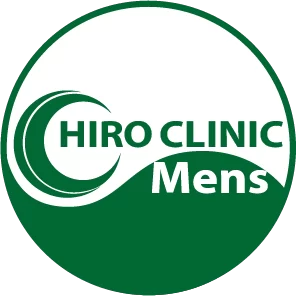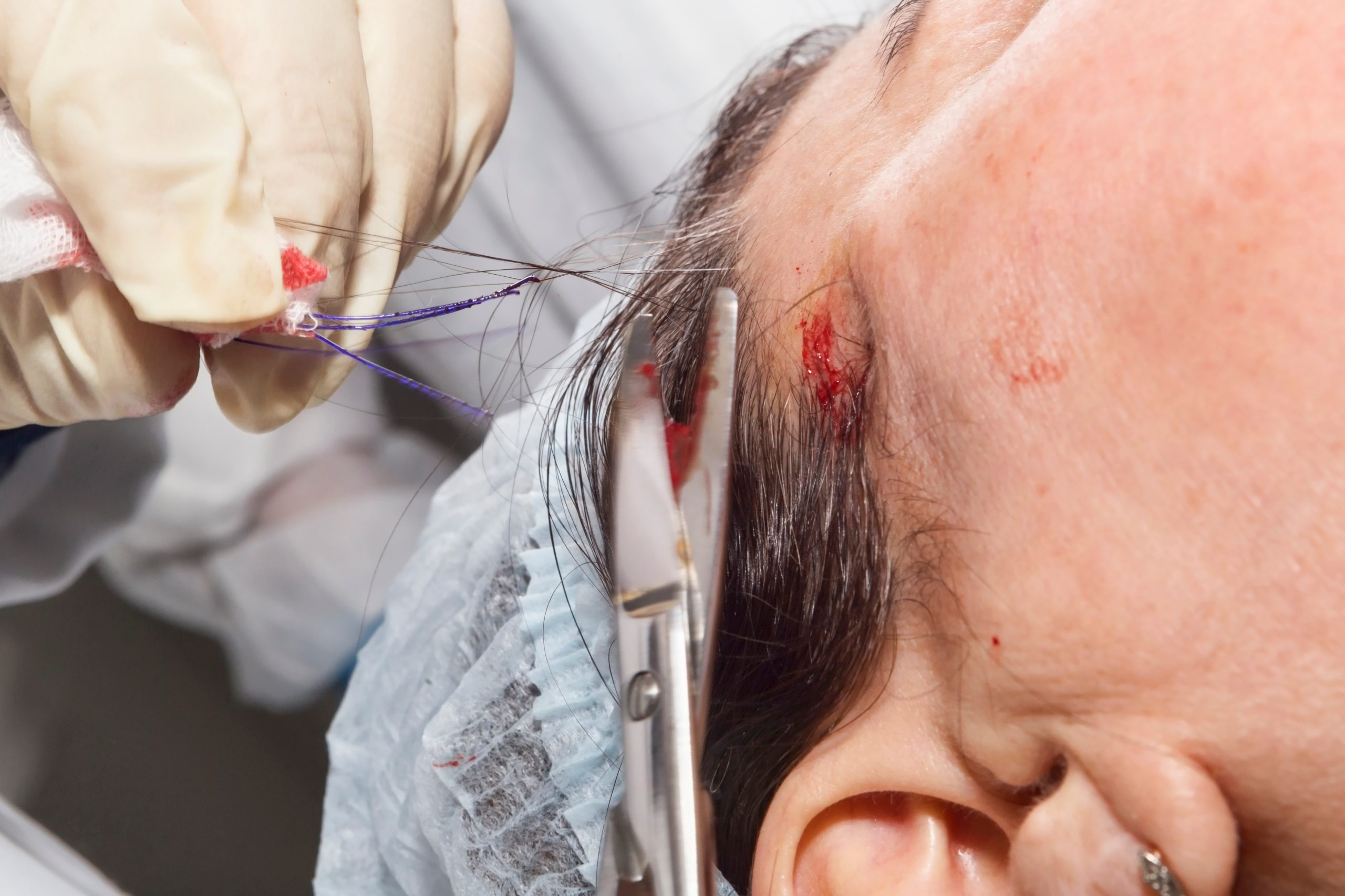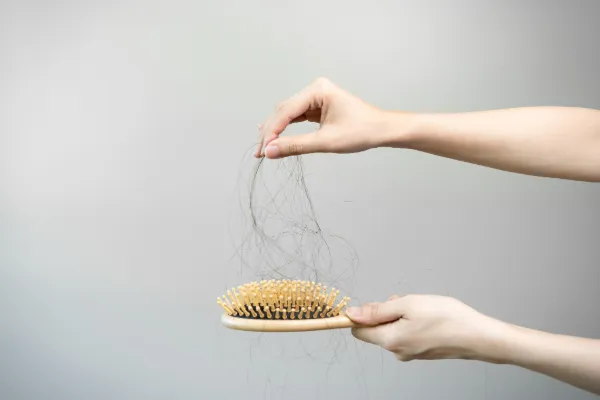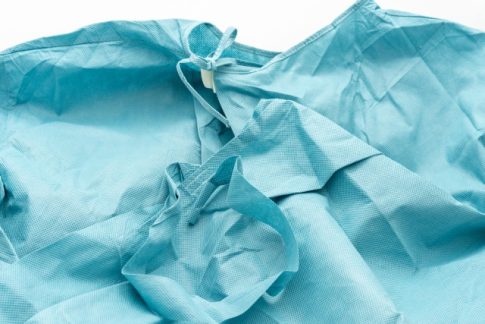この記事の概要
During the recovery period following hair transplant surgery, it is important to properly care for your body. Exercise is essential to maintaining good health, but strenuous exercise immediately following surgery can impede recovery. This article details a fitness plan after hair transplant surgery to help ensure a smooth recovery through proper exercise.
Care and precautions immediately after surgery (first week)
1. Rest and relaxation
The most important thing to do during the first week after surgery is to rest.
Avoid excessive exercise: Avoid strenuous exercise or activities that put strain on your brain for a few days after surgery.
Sleep with your head elevated: It is recommended that you sleep with your head elevated to reduce swelling and bleeding.
2. Light activity
Complete rest is necessary, but light activity will increase circulation and aid recovery.
Take a short walk: Short walks around the house or in the garden can help improve circulation and speed up recovery.
Exercises 1-2 weeks after surgery
1. Light exercise
You can resume light exercises one week after surgery.
Gentle stretches: Do some gentle stretches that don’t put strain on your head to loosen up your body.
Short walks: Increase the length of your walks gradually to gradually recover your energy.
2. Exercises that don’t put strain on the head
Choose exercises that do not put direct strain on your head.
Yoga: Try some gentle yoga poses to relax and stretch, but avoid any inversions.
Light aerobics: Light aerobics and dancing that don’t put too much strain on your brain are also good choices.
Exercises 2-4 weeks after surgery
1. Resuming moderate exercise
You can resume moderate exercise two weeks after surgery, but it is important to avoid putting too much strain on your scalp.
Walking: Gradually increase the distance and speed you walk to improve your cardiovascular fitness.
Cycling: Light cycling is also a good form of exercise, but be careful and wear a helmet.
2. Introducing strength training
Start with some light strength training, but be careful not to put too much strain on your head.
Light dumbbell exercises: Do some arm and shoulder exercises with light dumbbells, being careful not to move your head.
Body weight exercises: Body weight exercises like squats and lunges can also be effective.
Exercises one month after surgery
1. Return to regular exercise
After one month, you can gradually return to your normal exercise routine.
Aerobic exercise: Start aerobic exercise again, such as jogging or swimming, but increase the intensity gradually to see how your body responds.
Increase strength training: Gradually increase the load and perform regular strength training.
2. Protect your scalp
It’s important to protect your scalp while exercising.
Use a hat: When exercising outdoors, wear a hat to protect yourself from the sun, but make sure it’s loose fitting so as not to put pressure on your scalp.
Clean environment: After sweating, take a shower immediately to keep your scalp clean and maintain a clean environment.
The importance of diet and hydration
1. A nutritionally balanced diet
A nutritionally balanced diet will support exercise and recovery.
Protein: Make sure you get enough protein, which is needed for hair health and recovery. Fish, meat, legumes and eggs are good choices.
Vitamins and Minerals: Get a balanced intake of nutrients such as Vitamins A, C, E, Zinc and Iron, which are beneficial for hair growth and health.
2. Stay hydrated
Staying hydrated is especially important during exercise.
Water: Drinking plenty of water during and after exercise will help prevent dehydration and keep your body functioning properly.
Sports drinks: If you are doing strenuous exercise, use a sports drink to replenish electrolytes.
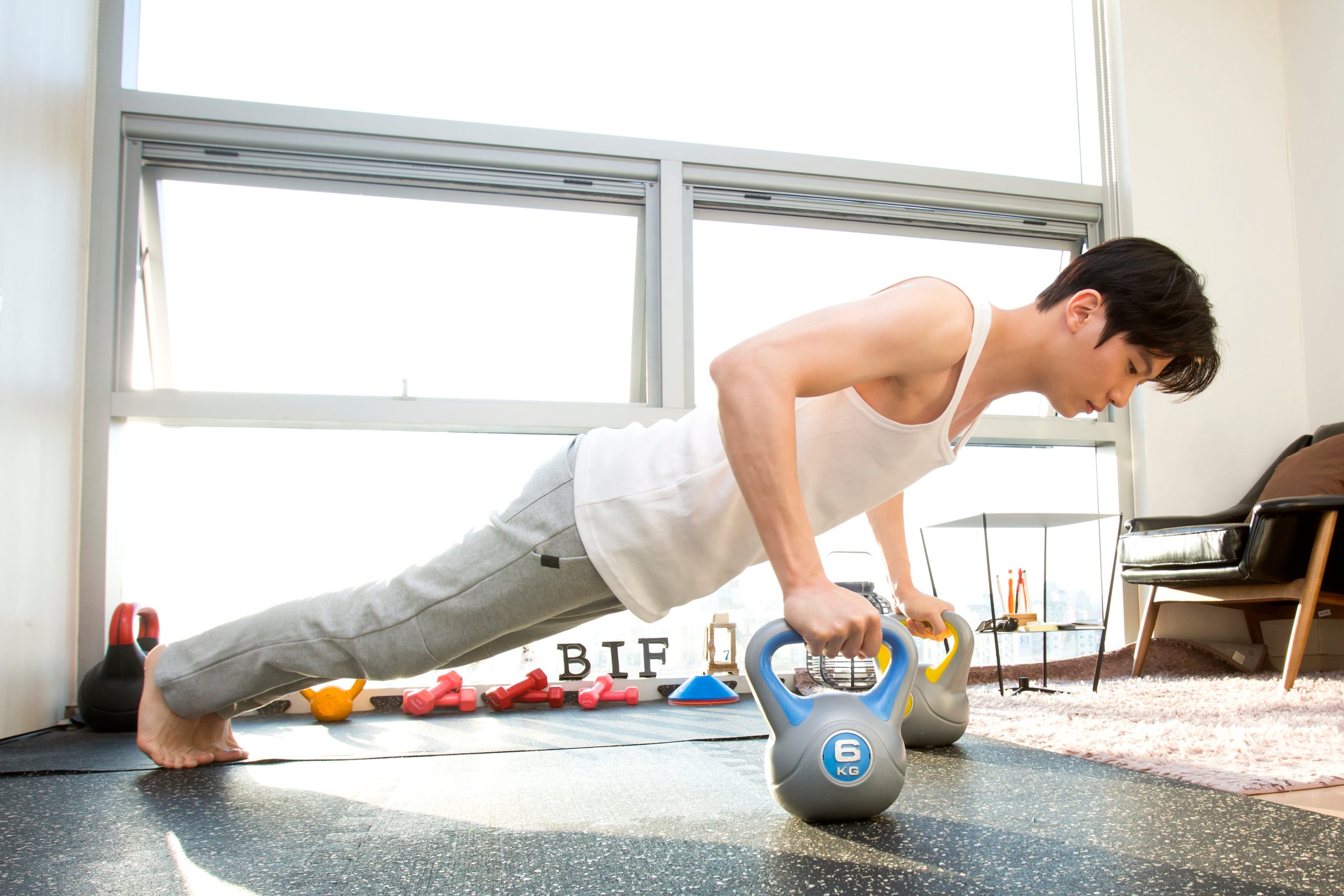
Stress Management and Relaxation
1. Reduce stress
Stress can slow down your recovery, so proper stress management is important.
Relaxation techniques: Implement relaxation techniques such as meditation, deep breathing, and yoga to reduce stress.
Time for hobbies: Find a hobby or thing you enjoy and make time to relax.
2. Improved sleep quality
Good quality sleep is essential for recovery and maintaining good health.
Consistent sleep schedule: Going to bed and waking up at the same time every day will help regulate your body clock and ensure you get quality sleep.
Comfortable Bedroom Environment: Keep your bedroom dark, quiet and comfortable to improve the quality of your sleep.
Summary
It is important to resume exercise gradually after hair transplant surgery and not push your body too hard. Start by resting immediately after surgery, then gradually incorporate light exercise, and after one month you can return to regular exercise. Diet, hydration, and stress management can also help support your recovery and keep you healthy. Follow your doctor’s instructions and implement a fitness plan that works for you to ensure a smooth recovery.
